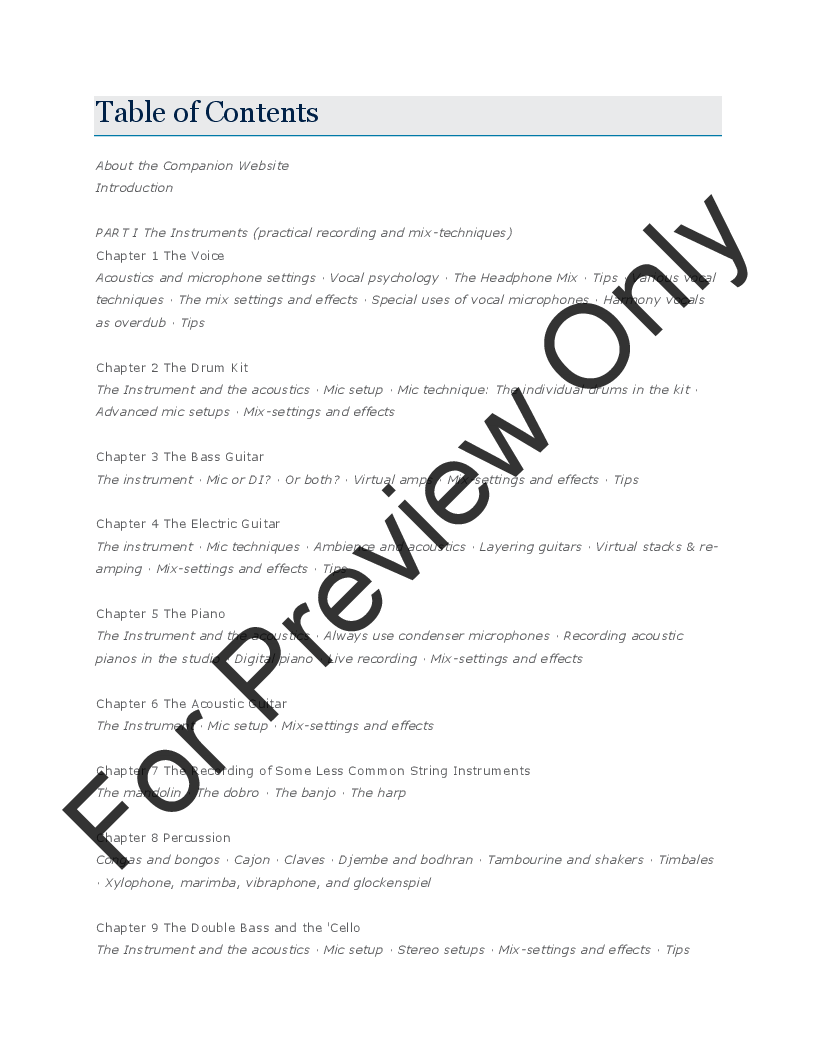The Recording, Mixing, and Mastering Reference Handbook
Karl Pedersen and Mark Grimshaw-Aagaard - Oxford University Press
The Recording, Mixing, and Mastering Reference Handbook
This resource provides an easy-to-read guide for music-making in the studio setting, from equipment fundamentals to recording and mixing almost any instrument. In six sections, lessons give a comprehensive introduction to microphone settings and techniques, audio processing and effects, controlling acoustics, and history lessons on songs recorded with a given technique. The second half of the handbook delves into background theory on microphones, EQ-filters, compressors, and acoustics to give the reader a general understanding of practical recording techniques before acquiring deeper comprehension of the tools and the recording processes. Lessons on recording methods gradually build in complexity and detail to keep readers engaged and challenged. Whether a university student in an audio recording course, a novice audio engineer who needs to build technique, or a busy professional who requires a quick refresh on specific techniques, you will find this is an excellent resource.









